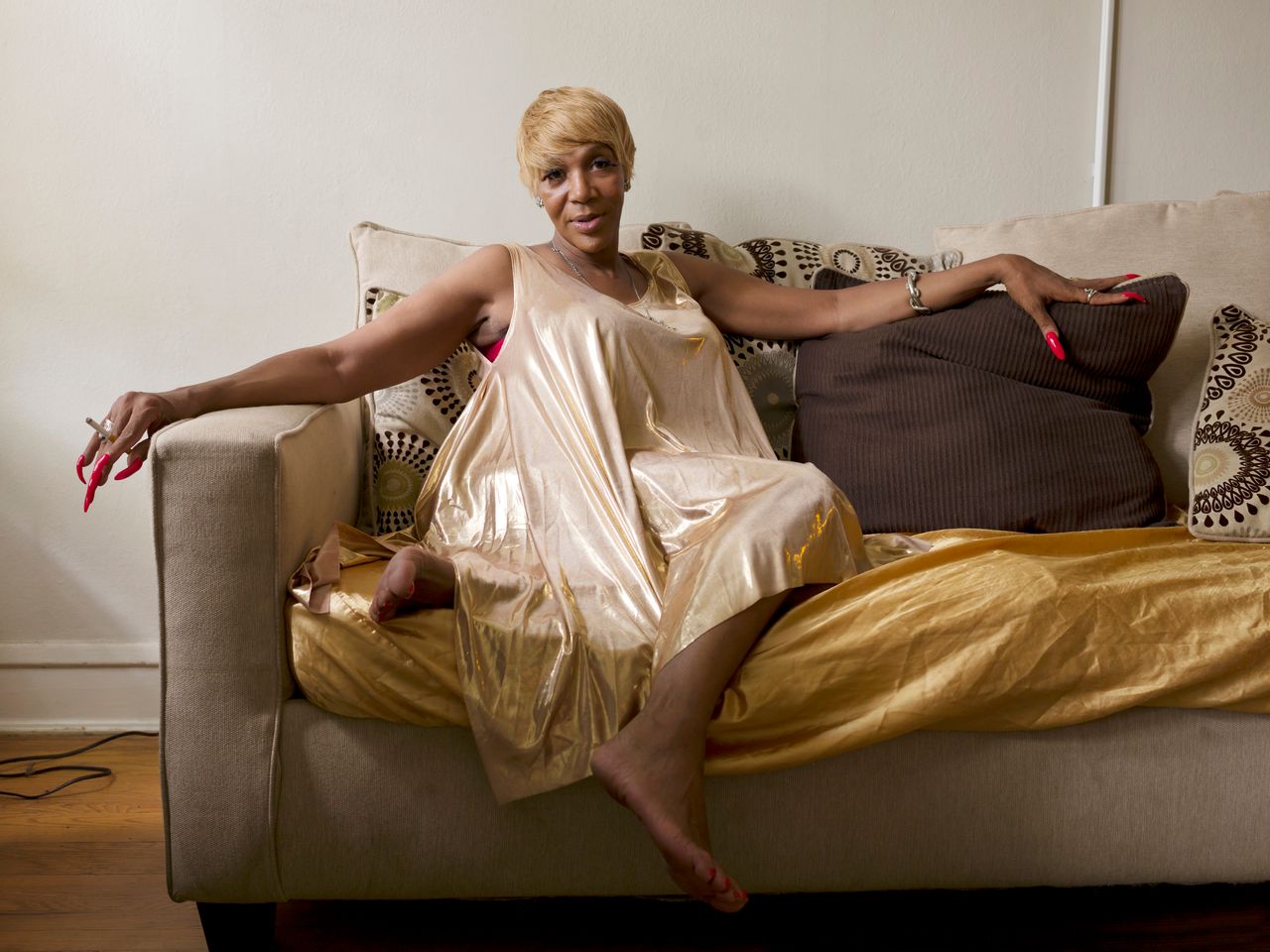“I think people think that trans is a new thing and they especially think that nonbinary or genderqueer is a new thing, but it’s really not at all,” Jess Dugan recently told HuffPost. “The language we use to describe it has changed, and so has our ability to be out.”
Honoring those who came of age without the vocabulary or environment available to LGBTQ people today is the motivation behind the photographer’s book and portrait series To Survive on This Shore, which includes interviews with 65 gender nonconforming adults over the age of 50.
The book highlights perspectives that are often erased in a milieu that associates gender variance or, more specifically, identifying outside the binary of male and female with youth culture. But thousands of Americans born closer to the first half of the 20th century spent lifetimes clearing a path for nonbinary and trans people to understand themselves. They found ways to live authentically, often without access to the inclusive language and a measure of safety that many (tragically, not all) queer people have in 2018.
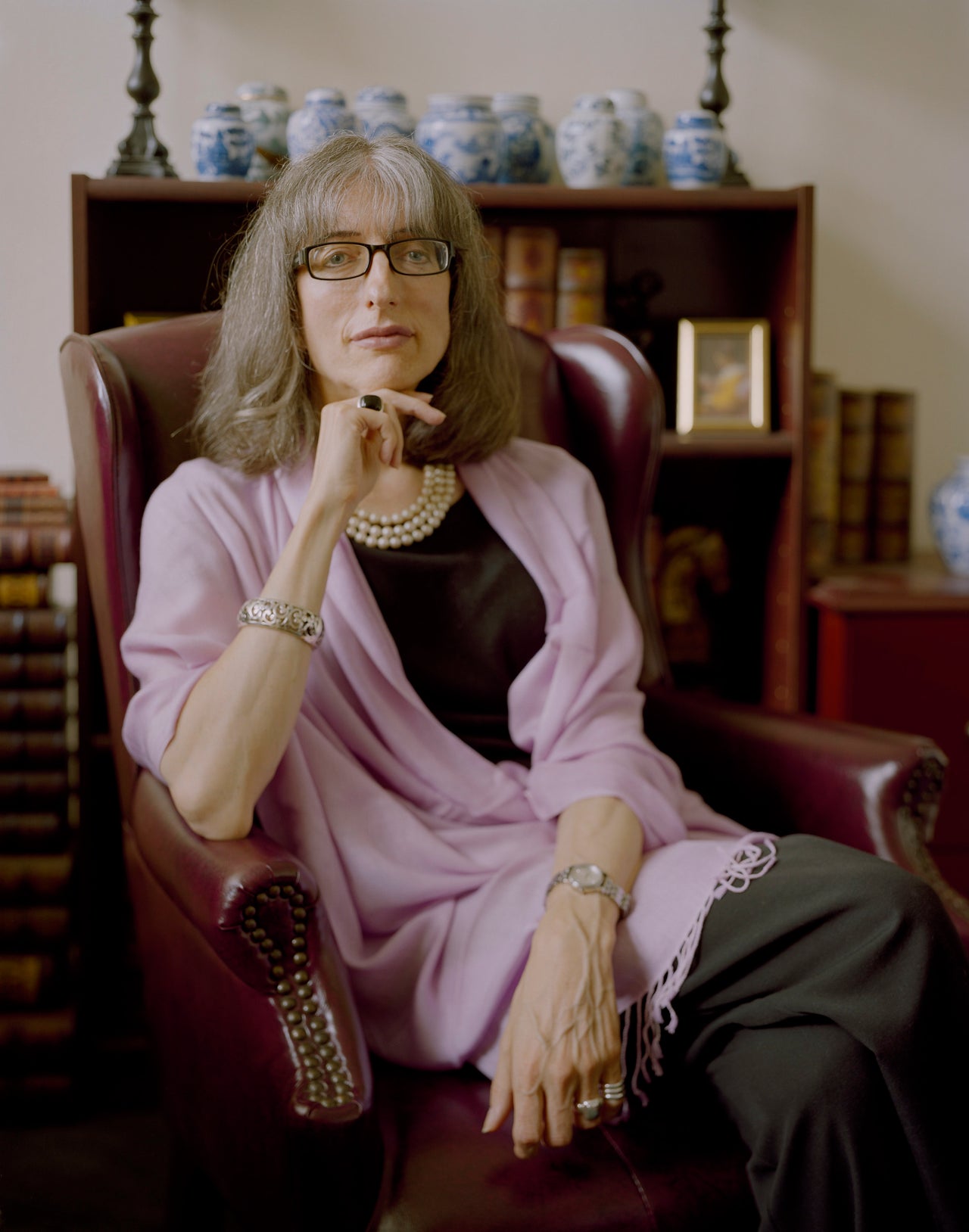
"I always felt more like girls, like women. Even when I was watching movies or television shows or reading books, the female characters were the ones that I identified with, just sort of instinctively. So I knew I was born male, but I certainly was a feminine boy growing up, a genderqueer boy, and was harassed and bullied and got a lot of negative attention because of that. I was assumed to be gay from the earliest get-go as well, even though it wasn't talked about then, in the ’60s. I still see myself as on a journey. When I received an award a few years ago at a conference, I said, 'In the ’60s they called me a sissy. In the ’70s they called me a faggot. In the ’80s I was a queen. In the ’90s I was transgender. In the 2000s I was a woman, and now I'm just Grace.'"
The project was deeply personal for Dugan, who identifies as queer and gender nonconforming and uses the pronouns “she” and “her.” She made this project in collaboration with her partner, Vanessa Fabbre, a social worker and assistant professor at Washington University in St. Louis, whose research focuses on the intersection of LGBTQ identities and aging.
“There is a real lack of images of older trans and gender nonconforming people, which in turn means there’s a lack of representation for younger trans people,” Dugan said. Without those images, younger gender nonconforming and trans people often “have no idea what their lives will look like ... with no road map for growing older as a trans or gender nonconforming person.”
To Survive on This Shore tries to provide that road map, one that offers various routes toward self-discovery and identification. Moreover, the portraits and accompanying interviews record the history of a group that has remained at the margins of an LGBTQ community that might not have existed as proudly and vibrantly without it.
“In many cases, older trans and nonbinary adults are the people who worked as activists and paved the road for this moment we’re living in right now,” Dugan said. “We wanted to validate older trans and gender nonconforming adults, and we wanted to record their experience.”
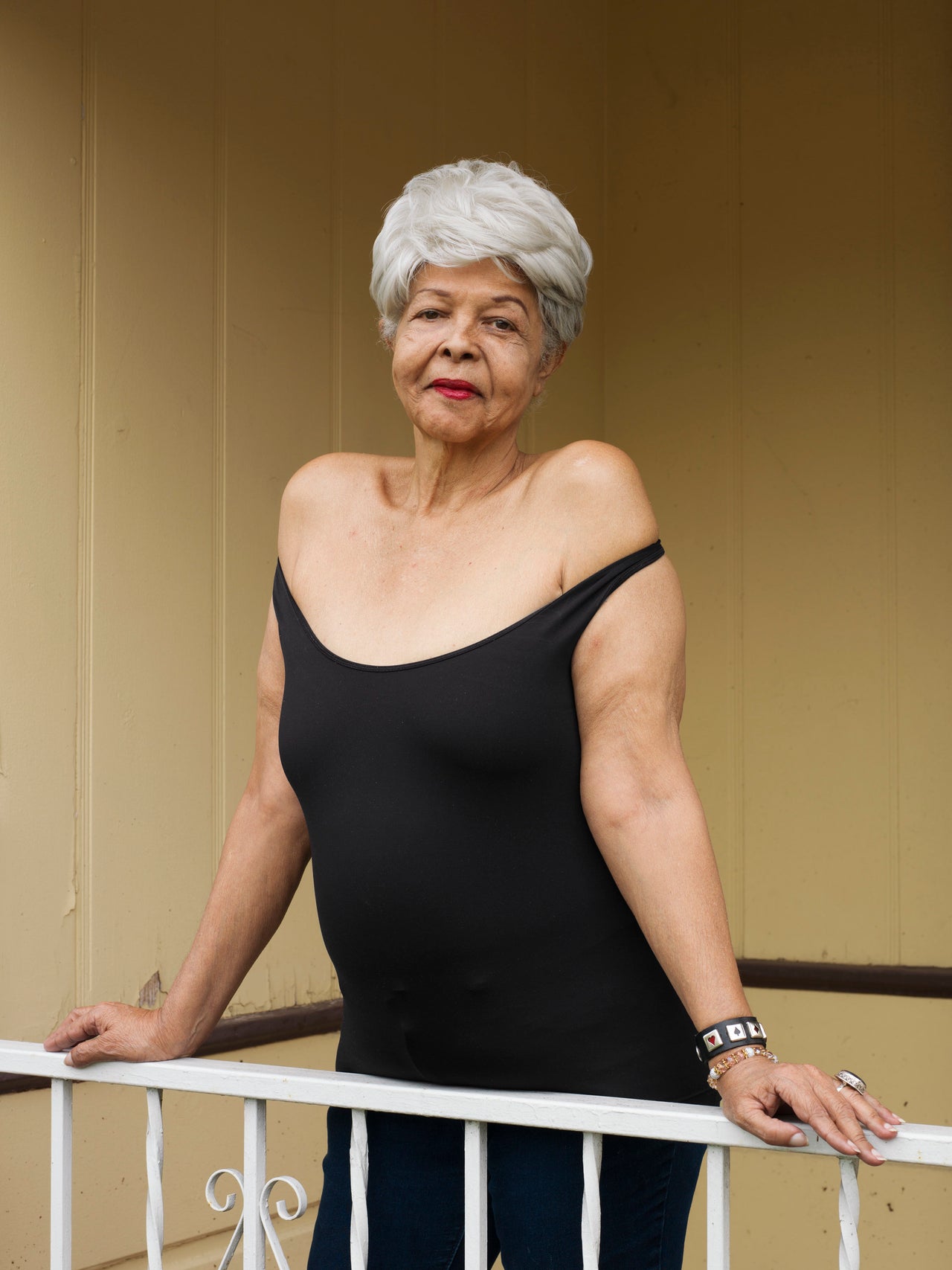
“My mother said when you die, you stand there before the light, and you say, 'Was I worthy of myself to know that I have liked me?' OK? I like me. OK? And I will tell the whole chorus, honey, 'I like me.' I don't hurt anybody, I don't do anybody wrong, you know. I’ve dealt with everything I can, as much as I can. So just find that inside yourself and take time with that person. Faults, flaws, wishes, all of it — it doesn't matter. We're not going to get it all. None of us gets it all. OK? But what we do have, we can polish. We can polish it, honey, till it blinds them.”
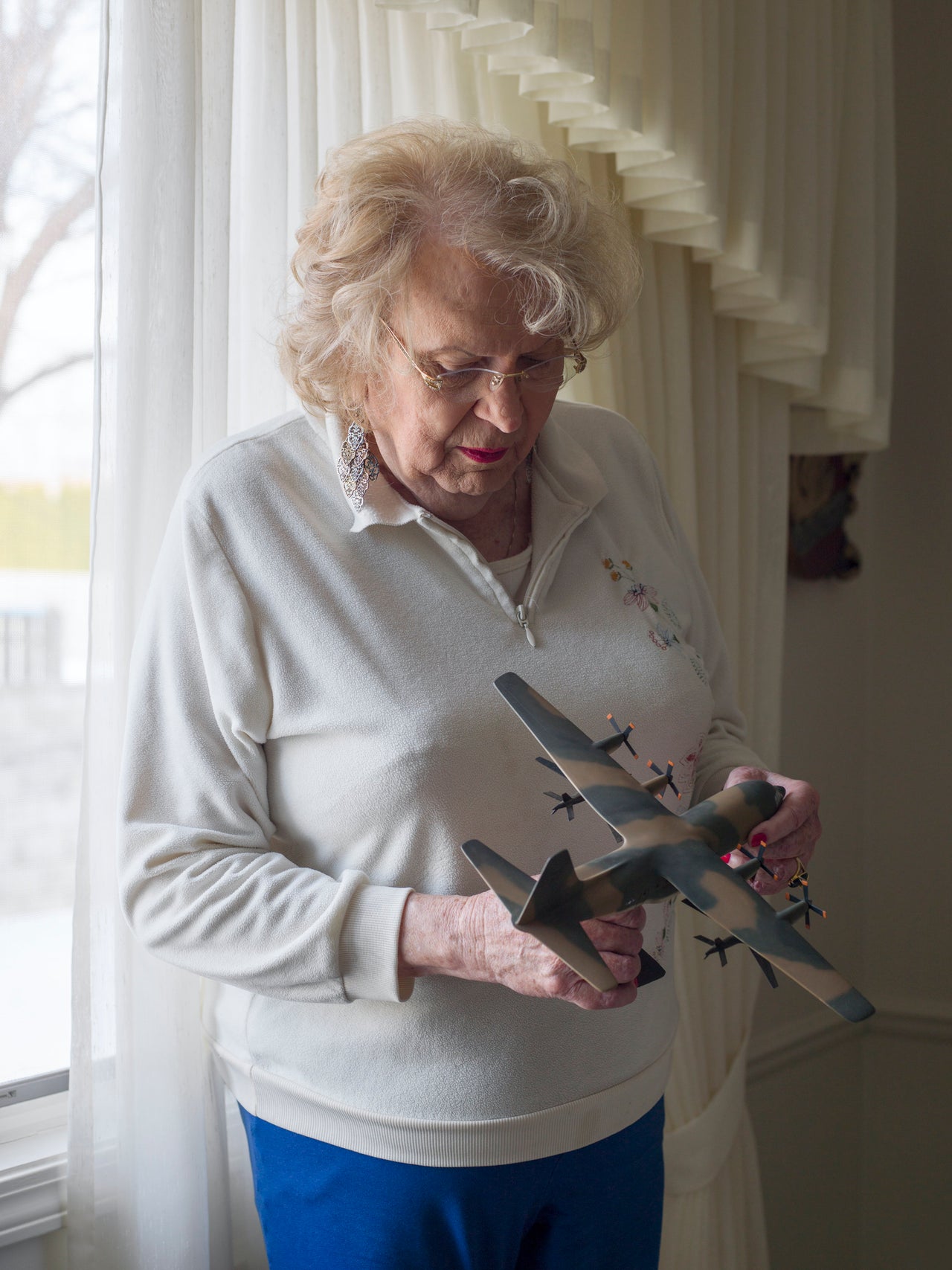
“I think people talk in either-or terms, right? Before transition and after. But to me, it’s really development. I'm proud of both lives. I'm proud of both mes, if you see what I'm saying. And I feel it has been a remarkable thing to have happened to a person. I’m grateful. You can't just become a woman with a knife or a pill or anything like that. It takes a whole combination in a sequence, in a formation. You've got this time span. It's a learning experience. It's a little bit of everything.”
The prevalence of gender variance among older Americans can be obscured by its strong association with youth culture, but there is “a huge range of identities among older trans and gender nonconforming individuals,” Dugan said.
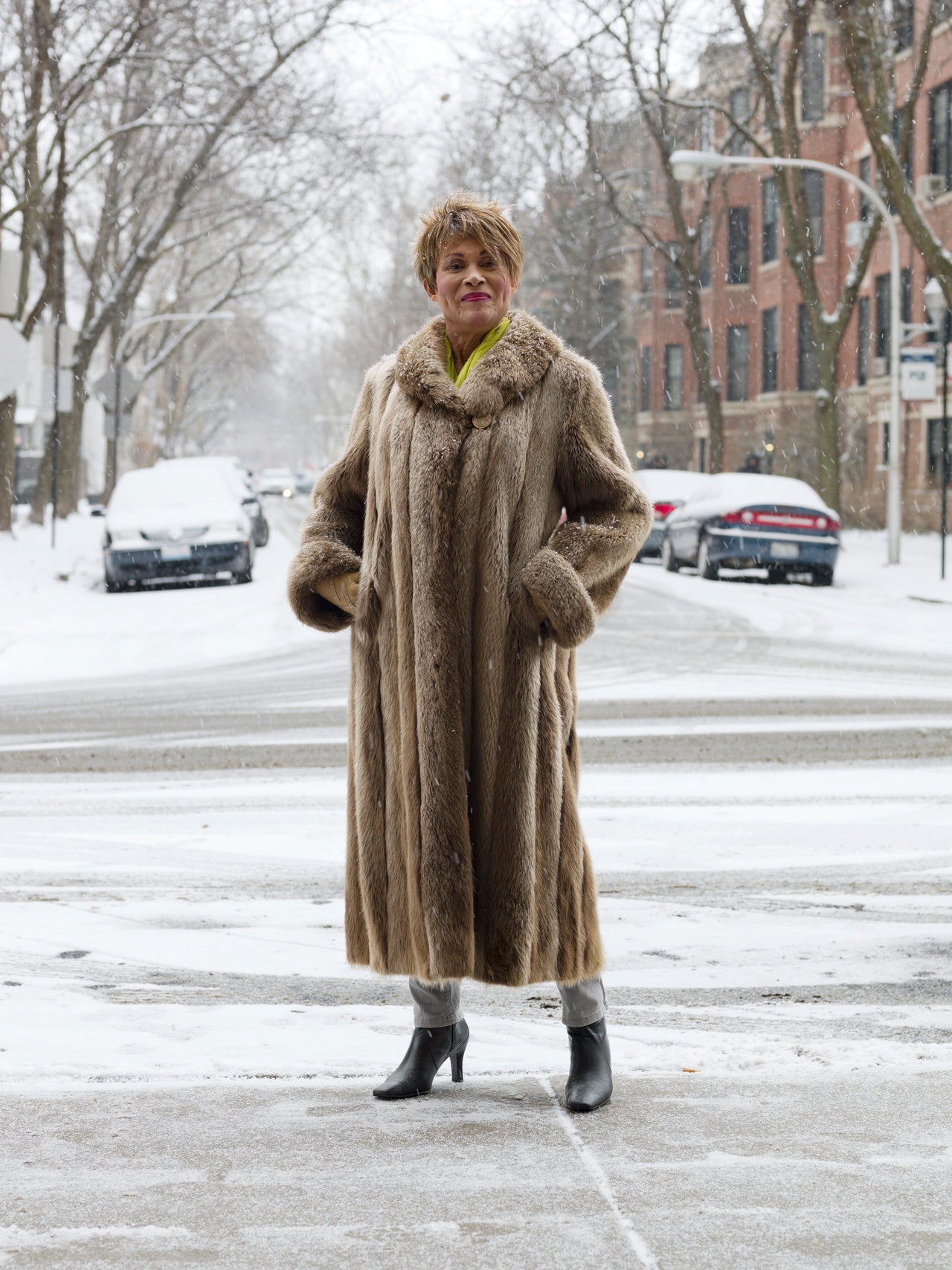
“I’m a senior citizen. I made it to 70, and a lot of them won’t make it. They won’t make it at all. Because most of them die from drugs, from sexual disease or they’re murdered. They ask me questions like, 'Well, Momma Gloria, how did you get through?' I say, 'I got through with love from my family and the grace of God.' That’s how I got through. You have to have some stability, and you have to have some kind of class, some charm about yourself. I never was in the closet. The only time I was in the closet was to go in there and pick out a dress and come out of the closet and put it on.”
Subjects were photographed in their homes or a location of their choosing, and interviews center on “what it takes for them to live authentically and the risks and benefits of pursuing that,” Dugan said.
Many participants came out before the internet and before the current conceptualization of the LGBTQ community. Some hadn’t heard the term “transgender” as they negotiated their identities. Dugan recalled identifying strongly with Hank, one member of a couple she photographed, who described her identity and experiences in a totally different way from how Dugan might, despite their similarities.

"It was a lot like in the olden days, you know, there were a lot of people around like me, and people just expected us to become unmarried aunts or fancy boys, and nobody ever confronted you with it. My father would say things like, 'Oh, this one will never get married.' If I heard him say that today, I would say, 'Oh, he’s telling them I am gay.' Only I didn’t have those words for it back then. — Hank
"Hank and I have been together 44 years. I found this one in Western Michigan. She was different from anybody I have ever met in my whole life, and I knew that she would be in my life for the rest of my life. There was this immediate connection that would always be there. The way we are today, we started out that way." — Samm
“When I was photographing Hank and Sam in Arkansas, we had a really amazing experience, because I felt like Hank and I have basically the same internal identity but the language we used and our struggles in the world were so different because of our 40-year age difference,” Dugan said.
“I realized that history was at risk of being lost,” she added.
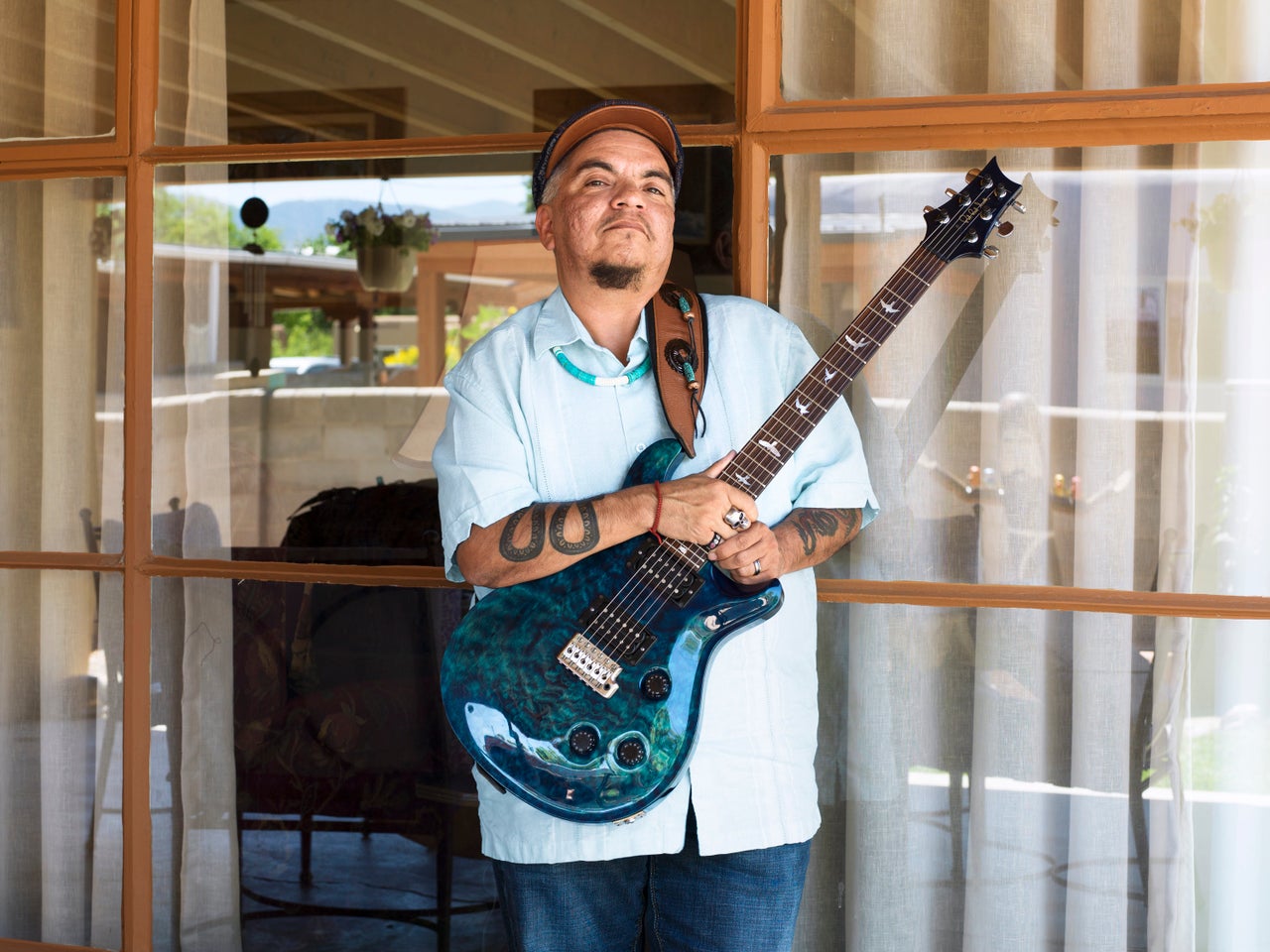
"I identify as a straight male, and I’ve always known. My first memory was saying, 'I am not a girl. I don't want to be a girl.' People need to know they're not alone. Because that was my battle. For 50 years. I was in it by myself. I knew I was different, but I could never figure out how. I self-medicated — a lot of alcohol. I drank until I blacked out. I liked that altered state because then I didn't have to be me. I was just one of the guys. Now I’m really excited to live my life. I just want to play more music. Spend time with my wife, the grandkids, my family. Be authentic. I missed the first 50 years of my life, but I'm not missing the second 50."
Because older Americans often forged their identities in the absence of inclusive language or a safe path to medically confirm their gender, many found ways to live comfortably outside the binary. But aging can threaten that comfort, Dugan said, especially for trans and nonbinary folks who chose not to pursue hormone therapy or gender confirmation surgery.
Justin Vivian Bond, an artist and activist (who uses “they” and “their”), told Dugan that they pursued hormone therapy specifically so there would be a record of transness in the event, as they grew older, they lost the cognitive abilities to ensure that part of their life wasn’t erased.
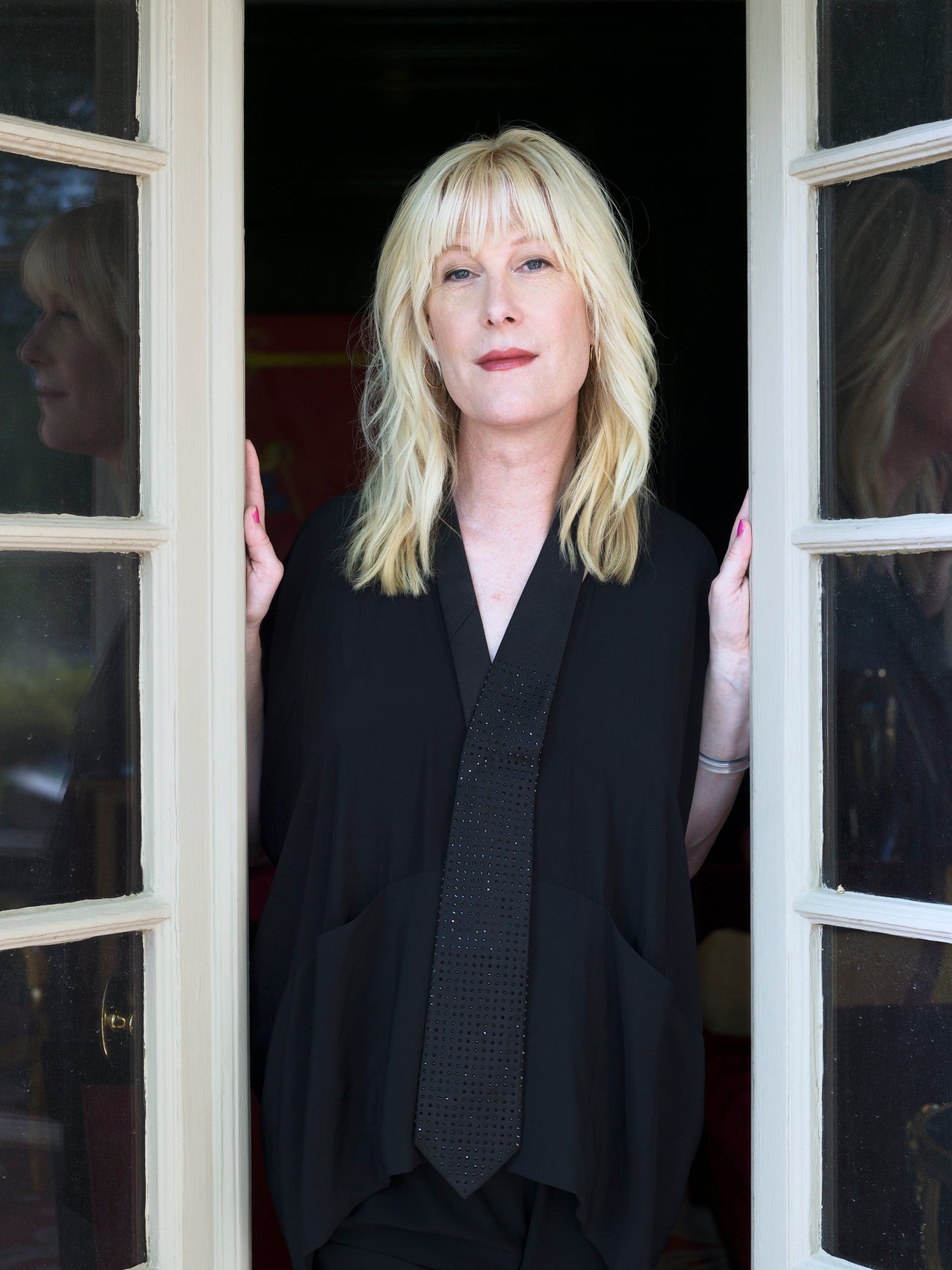
"I identify as trans nonbinary. I always knew I was trans, and I always knew that I was femme. On the gender spectrum, I am much closer to female. I didn't start taking estrogen — or, as I call them, lady vitamins — until I was in my late 40s. Part of the reason I did that was so I would have a physical and medical record of being trans. So many older LGBT people, when they become ill or if they start to deteriorate mentally and aren't able to articulate things as well, end up involuntarily, just by the assumptions of the people who care for them, being relegated back into the closet. My fear was that I would become incapacitated in some way and then be stuck in a room full of old men, and I never, ever want to be an old man. That is not my jam."
“My fear was that I would become incapacitated in some way and then be stuck in a room full of old men, and I never, ever want to be an old man,” Bond says in the interview. “That is not my jam.”
In this sense, To Survive on This Shore is a fine arts project as well as an advocacy tool for “an LGBTQ community that is aging in a way that hasn’t happened exactly like this before,” Dugan said.
“It was so important to consider the fears and concerns nonbinary people have about care when they’re older and having to access a medical system that is very binary,” she added.
She spent four years collecting subjects and photographing them, taking care to ensure that a project focused on representation fulfilled its promise.
“We were really conscious about diversity around age, race, identity gender expression, socioeconomic status, geographic location and life narrative,” Dugan said. “We intentionally decided not focus only on New York or San Francisco. We wanted to show that there are trans people in rural Arkansas, as well.”
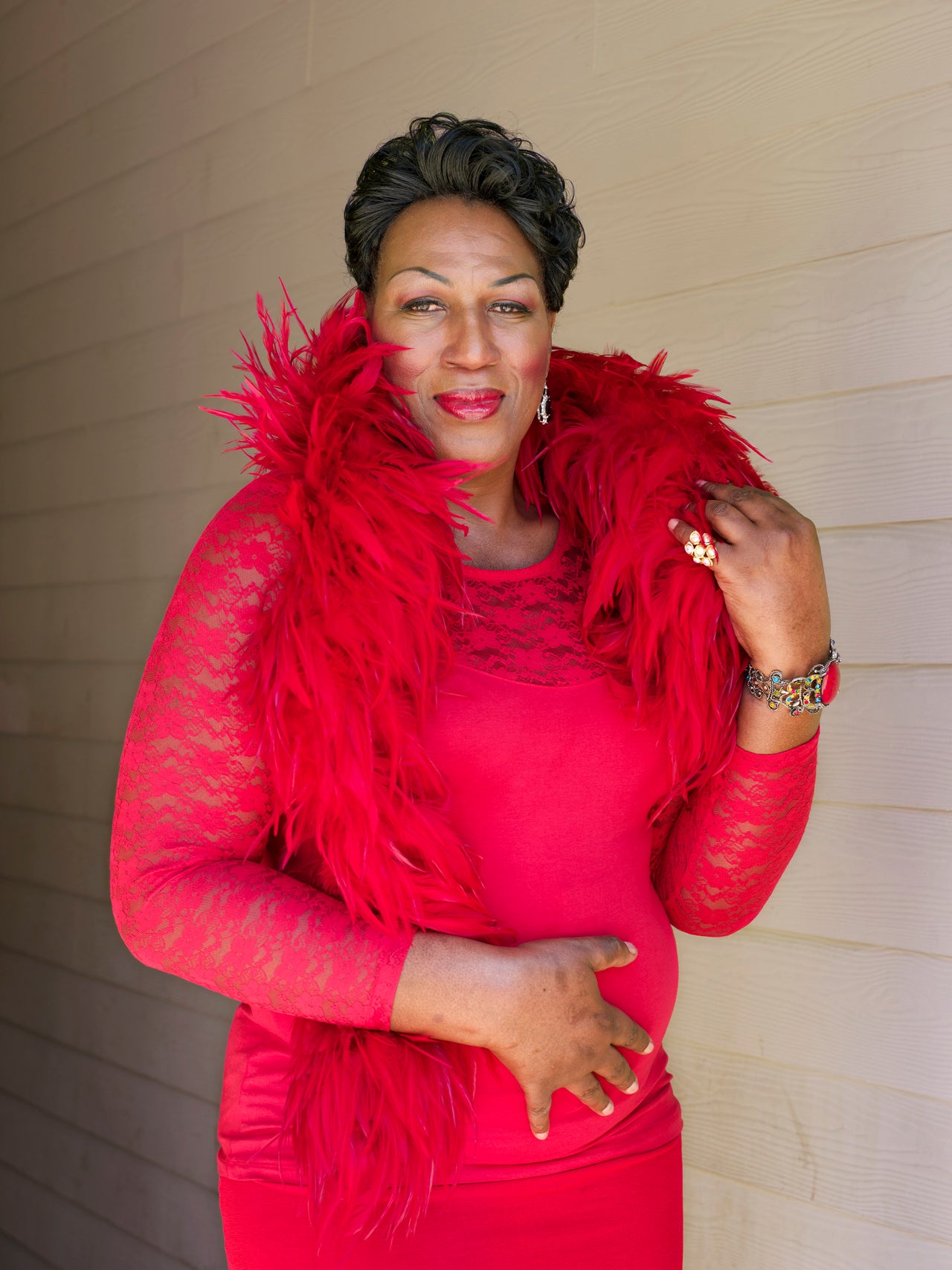
“This coming into my real, real fullness of knowing why I was different is because I was expressing my spirit to this world. And I didn’t know how God felt about it, but I believe in God, and I have a deep spiritual background, and I talk with the Holy Spirit constantly, who’s taken me from the Lower West Side doing sex work to being at the White House.”
Over time, word of mouth proved a crucial recruiting tool for such a sensitive project. For some, participating in the book was also their public coming out.
“It was so important that we were participants in the community, and gaining the trust of one person at a time would lead to trust with other people, particularly in communities of color,” Dugan said. “Both Vanessa and I are white. We were very thoughtful about wanting to include people but not be tokenizing but empowering.”

"I said to myself, 'You know, I’m 63, and this has to stop. I’m going to go for it.' So at the age of 63, I decided that I just wasn't gonna go on living this way, living female. I was more comfortable living male, and I wanted to do the whole, total package. They say that when you go through the testosterone, one of the symptoms is that you’re an adult and an adolescent at the same time. I feel that I’m still going through adolescence. I just want to do everything now as a man. This is who I am, and I just want to get in everything, you know, like bungee jumping, like going on a roller coaster again. I want to take care of and appreciate what life is offering me as a man. I’m living the life that I lost."
With the images, Dugan wanted to “create a dignified portrait that goes beyond the surface and really engages with the emotional quality of the person,” she said.
“I wanted the viewers, when they’re looking at the work, to feel like they’re in the moment with the subject,” she said. “I wanted them to feel like they were having an interaction with the person rather than just gazing at an image.”
Fears around aging are universal, and Dugan said she hopes this element makes the project “relatable to an audience who may have had a harder time relating to the transgender piece otherwise.”
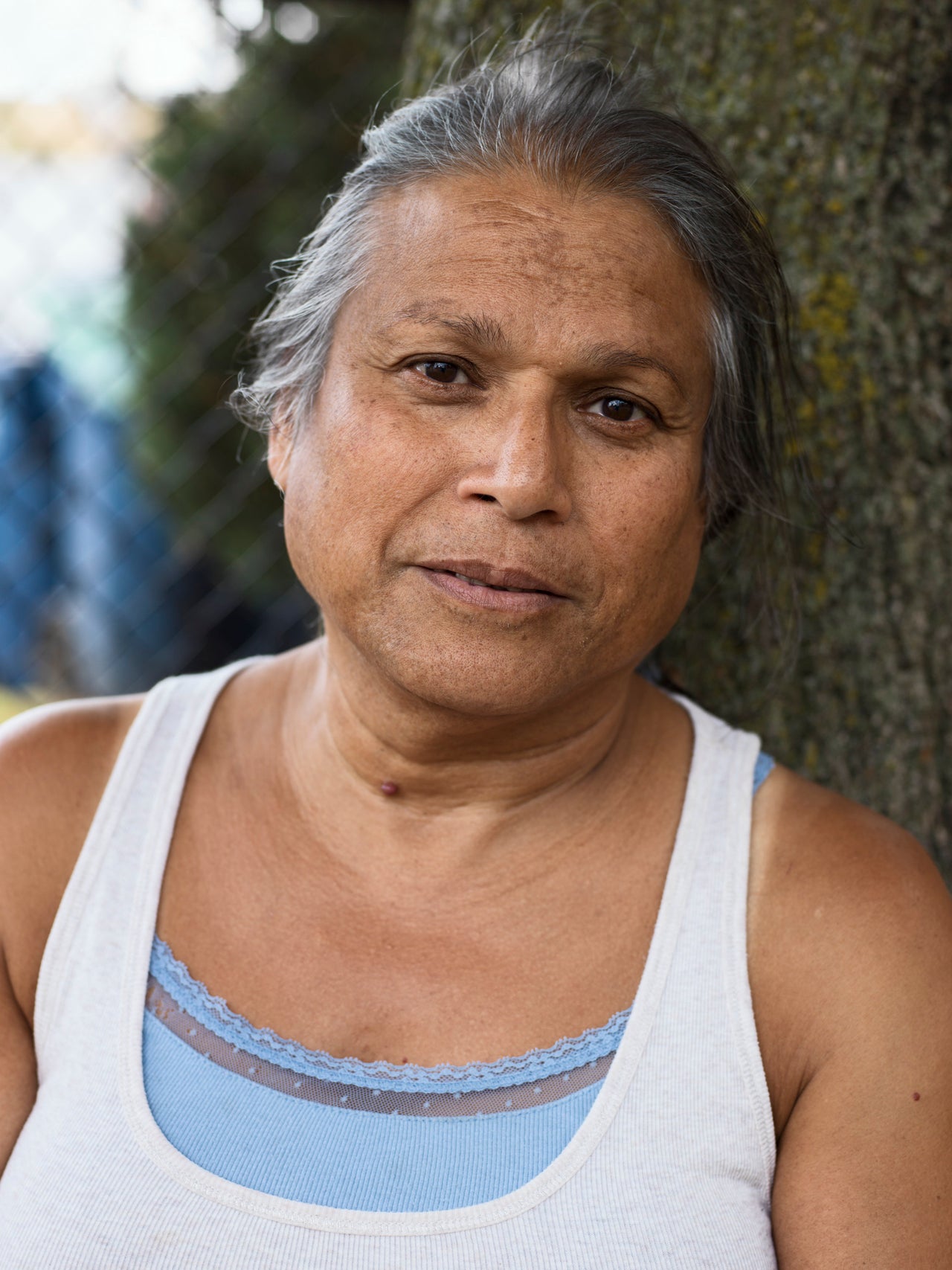
"The activism keeps me young. It really does. But I love my age, and I love when I can mentor somebody else. I love it because — and I never thought I'd say this — my age gives me a perspective that youth denied me. Because when I was 17, I knew everything. By the time I was 35, I started figuring out that, well, you know just about everything. And I think by the time you get to be 65, you realize how little you really know and how precious those things are that you do know."
Creating To Survive on This Shore “has been incredibly meaningful to me personally,” Dugan said, and she remains in touch with many of the books’ participants.
“I was really humbled by each person’s willingness to invite me into their life and home and share their story,” she said. “Most of the people that I met were strangers to me at the time that we began to work together, and then over the course of a couple hours, they would share their most difficult life stories, their most joyful life stories. And I would leave feeling incredibly close to someone that I had only met three or four hours before.”
An exhibition of “To Survive on This Shore” is also on view at projects+gallery in St. Louis through October 10, 2018. Visit Dugan’s website to learn more.
